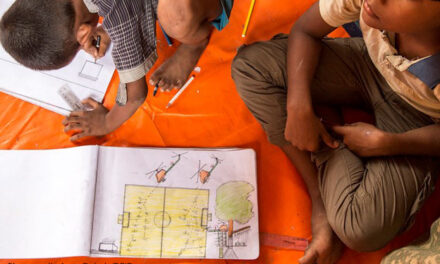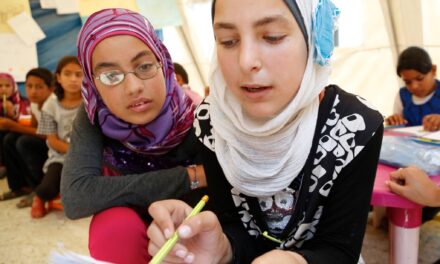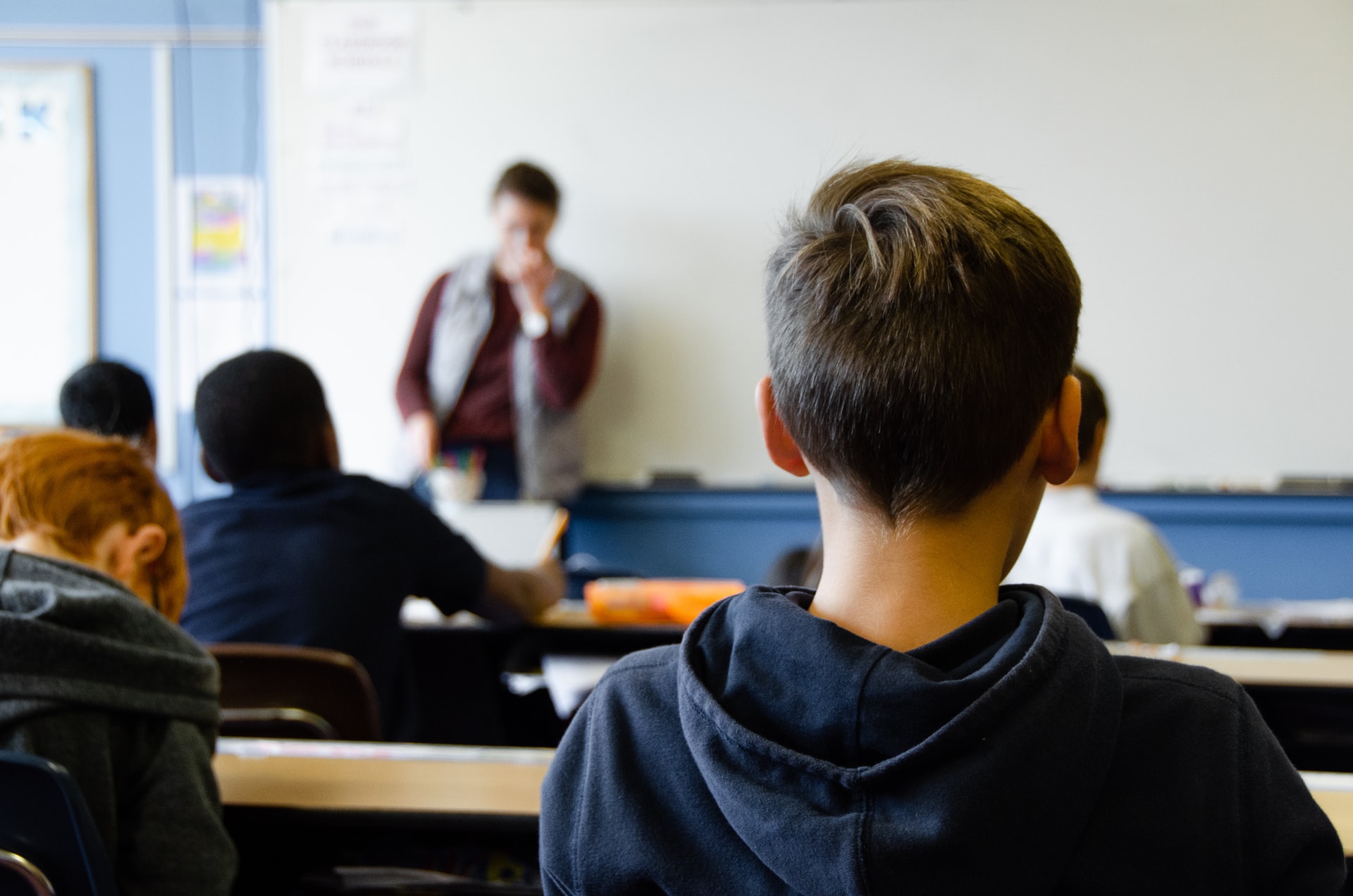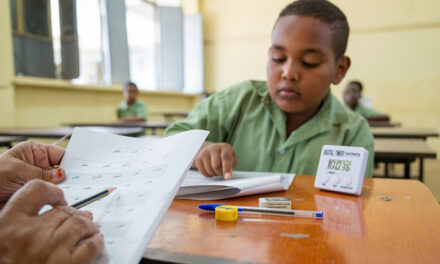This blog was written by Anna Cristina D’Addio, Senior Policy Analyst and Francesca Endrizzi, Junior Professional Officer, Global Education Monitoring Report. It was originally published on the GEM Report website on 2 April 2020.
Italy is at the epicentre of the Covid-19 pandemic. With schools and universities closed at the end of February in the most affected areas of Italy, and closed nationwide on March 9, almost 12 million of learners from pre-primary to tertiary education are now at home. The country has since set distance learning as the rule to continue fulfilling the constitutional right to education for all.
The Ministry of Education immediately convened a taskforce for educational emergencies to meet students’ needs. But could the country have been better prepared? What strategies are making a difference? And how is equity being ensured?
Were schools prepared for the coronavirus?
As the GEM Report showed in a previous blog last week, while a surprise, a pandemic and mass school closures should not have been entirely unexpected given the frequency at which they occur in history.
Judging on the level of preparation depends on where you look. The digitalisation of the Italian education system started in the mid-2000s. Interactive whiteboards started being introduced later in classrooms, followed by the digital register in 2012 and the National Plan for School Digitalisation in 2015, which is now being crash-tested in the face of Covid-19.
According to the Authority for Communications Guarantees, before the Covid-19 outbreak, all teaching staff were using digital technology in their daily work in 18% of schools; only in 0.5% of schools was no teacher using such technologies at all. Schools where technology was already part and parcel of teaching – mostly at the upper secondary level – were obviously better prepared when school closures happened.
For example, the Technical Economic Institute Tosi of Busto Arsizio in Lombardy, the region most hit by the pandemic, activated a new online teaching mode as early as 25 February. This included teaching in MOOC mode, virtual classes and smart working following the normal school timetable, with the exception of afternoon lessons. In Melzo, another village in Lombardy, the comprehensive school Ungaretti, one of the most technological advanced schools in Italy, also activated distance learning at the end of February. In Genoa, in the Liguria region, the Pertini High School, after a phase of necessary adjustment, activated distance learning in all subjects including music. To get around the many limitations of online teaching, new methods are being used, such as asking students to make a video about their class assignment instead of writing about it.
At the secondary level, as these examples show, most have adapted fairly well, although there remain debates about the way learning will be assessed and how exams will happen. Universities throughout Italy have also adapted well. Examples include Milan, Padua, Genoa, Florence, Roma, Naples and Palermo. Not only are students managing to continue learning, but they can also now graduate online.
The development of distance teaching practices, however, is much less straightforward for younger students. Challenges are most striking for those under 6 years of age, who cannot be kept in front of a computer for several hours a week. But distance learning is also complex in primary schools.
Despite being unprepared, however, they have reacted quickly. Some schools have activated or accelerated training opportunities for teachers. The schools in Vo’ Euganeo, a small village in the Veneto region, were among the first to be closed down and activate distance learning provision. The director of the village’s comprehensive school immediately set up a network ‘to restore a state of normalcy for children’. Starting this week, more than 32,000 children in early childhood will also take part in distance learning in Milano. The Municipality of Taranto has announced distance learning for children who attend some of the municipal nurseries along with some kindergarten. Videos tell fairy tales, songs and games; WhatsApp groups and parents also help keep the children engaged.
Everyone is pulling together
The Ministry of Education has set up a web page with a knowledge bank of initiatives for schools. These span from mentions of schools’ experiences #lascuolanonsiferma; lists of e-learning platforms (e.g. Google Suite, Facebook, Weschool, etc); resources supporting students with disabilities (Progetto Tris, Dida Labs Prezi, Institute for learning Technologies ITD, etc.), multimedia content (Rai Scuola, Rai Cultura, Treccani scuola, Fondazione Reggio, etc.); and webinars. The National Institute for Documentation and Innovation in Educational Research (INDIRE) with other two networks developed Flipped classroom, a project adopted by 592 schools, through which lessons with associated homework are provided via videos and other digital resources.
Peer learning and collaboration have become vital: some teachers are mentoring colleagues via webinars and on Facebook. The community La scuola per la scuola (The school for the school) has produced over 90 free webinars involving more than 18,000 teachers sharing good practices. In Turin, the association Next-Level records videos of dialogues with teachers and students, which are then published La Stampa, a national newspaper. Primary and secondary schools are also sharing good practices. In Lombardy, the ITE Tosi of Busto Arsizio hosts events and training initiatives for teachers, with good practices and materials distributed on its website, My different school. In Genoa, the Institute of Educational Technologies (ITD) of the National Research Council supports teachers by giving training on distance teaching with an equity lens.
But distance learning may leave many behind
Many factors affect who can benefit from distance learning. Distance learning requires close collaboration between teachers and parents, for instance, which is not always possible with teleworking or other responsibilities.
In addition, although the digital register permits direct communication between schools and families, 10% of schools do not have the necessary equipment. A 2019 report showed that 47% of Italian teachers were using digital tools on a daily basis, 27% weekly, 14% a few times per month, 7% a few times per year and 5% never used them.
Affordability and remoteness can compound difficulties. Some regions have devoted specific financial allocations to enable poorer families to buy the equipment necessary for distance learning. In Sicily, for example, each lower and upper secondary school can give an allowance for laptops, tablets and devices to students from low income families.
Having the technology is not enough. Internet connection is often not good enough. As illustrated in the dashboard, 2% of Italian families have internet connection between 2 and 30 Mbs, much lower than is required to download and stream educational content. This led the Ministry of Education to sign a protocol with Rai to diffuse education content in its Rai Scuola and Rai Play as part of a campaign, #LaScuolaNonSiFerma (The school never closes).
All these initiatives show that the education community, even in such a difficult and unpredictable moment, wants to find solutions. We are experiencing something unique. There will be lots of time to fully assess the effectiveness of these initiatives, but the sparks of innovation found in Italy should inspire other countries to find the energy to face up to the crisis as well. There is much to be learnt from each country.





